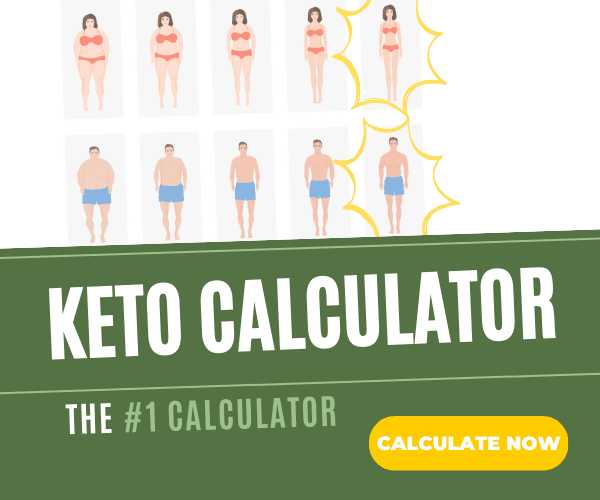
Sardines are like marmite or pickled okra; you either like it or you don’t. Sardines are an acquired taste, a keto-approved, budget-friendly snack, and nutrient-dense food! Sardines are popular on keto for several reasons.
What are Sardines?
Sardines are small oily fish thought to be named after an island in Italy called Sardinia. Copious amounts of sardines can be found in Sardinia. Sardines are often consumed as a delicacy, appetizer, or snack.
You can eat sardines fresh, but they’re easily perishable and usually canned. Sardines are plentiful in the Pacific, Mediterranean, and Atlantic seas. Sardines feed on plankton, and they’re lower in mercury than other bigger fish, making them a healthier choice.
Why are Sardines so Popular on Keto?
Sardines are popular on keto for numerous reasons; for example, they’re convenient, and you can eat them right out of the can. They typically come packaged in flavorful olive oil ready to eat!
Sardines have the perfect nutrient profile for the ketogenic diet with lots of protein and fat and zero carbs! Sardines are packed with omega-3 fatty acids, calcium, and other vital nutrients. Some of these nutrients might help prevent heart disease or protect against certain cancers. Omega-3 fatty acids might also lower blood pressure and reduce the risk of blood clots.
When it comes to nutrients, sardines give you bang for your buck. Few foods have the same impressive amount of nutrients per ounce. Especially when you eat them whole, sardines are highly nutritious and contain almost every nutrient your body needs.
Sardines are an affordable source of vitamin B-12 – a key nutrient that provides energy and supports the cardiovascular system. They also contain vitamin D and B12 and an abundance of minerals, such as iron, niacin, potassium, zinc, and magnesium. Sardines are a good source of protein, which is essential for building healthy muscles and bones [1] [2].
3.5 ounces or 100 grams of drained sardines give you 96% of the RDI for selenium, 24% for vitamin D, and over 200% for vitamin B12 [3] [4].
Best Ways to Include Sardines on Keto
Sardines are versatile and can be eaten in many different ways. For example, try sardines:
- As a snack on their own
- As a snack with cheese and crackers
- In salads or as part of the main course
- With a squeeze of fresh lemon juice fresh out of the can
- Mashed into half of an avocado with fresh lemon
- In place of tuna in a tuna salad
- Baked into a dish with onions, spices, and eggs
- Scrambled into eggs and topped with hollandaise sauce
- Mixed with olives and diced red onions
Sardines work well with a Greek salad! Find a high-quality source of sardines, and if you’re new to the taste, you might want to start with sardines in olive oil instead of water. Olive oil adds to the flavor and gives you more healthy fat! You can find sardines in a BPA-free can.
Before using canned sardines, you might want to rinse them under cold water. Fresh sardines should typically be gutted and then rinsed. If you purchase fresh sardines, always inspect them first and check for shiny skin, a fresh smell, bright eyes, and a firm texture.
Do You Eat Sardines on Your Keto Diet?
How do you like your sardines? Do you use them as a salad topper or a convenient, nutrient-dense snack?
References
United States Department of Agriculture. Fish, Sardine, Atlantic, Canned in Oil, Drained Solids with Bone.
EFSA Panel on Dietetic Products. (2012). Scientific opinion on the tolerable upper intake level of eicosapentaenoic acid (EPA), docosahexaenoic acid (DHA) and docosapentaenoic acid (DPA). EFSA Journal
Ruxton, C. H. S., Reed, S. C., Simpson, M. J. A., & Millington, K. J. (2004). The health benefits of omega-3 polyunsaturated fatty acids: A review of the evidence.Journal of Human Nutrition and Dietetics,









